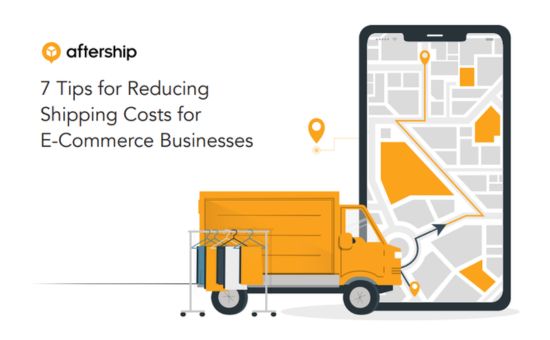International Shipping Guide | Shipbob
E-Commerce & Retail
Introduction
E-commerce offers an immense opportunity for your brand to expand globally. With 85% of consumers worldwide shopping online, going international allows you to reach customers far beyond the limitations of traditional brick-and-mortar stores. You can deliver your products to people who previously had no access to them.
Today’s consumers expect their purchases quickly and on their terms, making it essential for sellers to provide fast delivery, minimize customer friction, and create an outstanding experience that encourages repeat business. The possibilities for e-commerce brands are vast, and international shipping gives you the chance to connect with customers around the world.
Selling your products internationally may seem like an unlimited opportunity to reach new customers, but there are challenges to navigate when developing your shipping and logistics strategy.
For a small, growing brand, global shipping and fulfillment might feel like a distant goal. While you might not be able to implement global fulfillment immediately, there are steps you can take to set your brand up for future success as it grows. On the other hand, larger brands may be ready to expand globally but may not know where to begin.
This guide will help you embark on the journey from starting with international shipping to creating a seamless global fulfillment process. We’ll cover everything from the initial steps to scaling your operations internationally.
Getting Started with Selling Internationally
Learn how to reach customers where they are, enter new markets, and more.
Cross-border e-commerce is projected to reach $1 trillion USD in merchandise value by 2030, offering a significant opportunity for growth. With 34% of cross-border shoppers ordering online at least once a week, it has never been easier to tap into an international customer base.
However, the market is also highly competitive: 64% of manufacturers, retailers, and logistics providers are currently engaged in or planning to begin cross-border e-commerce within the next year. So, how can your e-commerce business expand internationally while maintaining a competitive edge?
This section will guide you in positioning your business for international growth and provide steps to get started. Start by narrowing down the regions where you want to ship and conduct thorough research. Consider the following questions:
What insights can I gain from my current operations?
Analyze your existing market trends to gauge potential success in new regions. Look for demographic similarities between your current customers and potential customers in other countries. If your products are seasonal or weather-related, identify climates that match your current market’s conditions.
Where is my product already gaining traction?
Examine data from your website, social media, and other channels. Utilize tools like Google Analytics to find out where you’re receiving traffic from other countries. For markets, you want to target more aggressively, consider the cost of investment in advertising, particularly for high-ROAS keywords and products.
Is there a demand for my product in the target country?
Determine if there’s a gap your product can fill by researching competitors and existing similar products or brands. Take cultural differences into account when evaluating potential markets.
Are my products eligible to be imported into other countries?
Check the rules, restrictions, and registration requirements for the target country. Some nations have specific regulations regarding which products can be imported, down to the ingredients they contain. For example, selling CBD products from the U.S. to Canada involves navigating significant legal barriers.
Which carriers will you use for shipping?
Choose your carriers based on your product and target destination. Be aware of potential limitations, shipping costs, and customer expectations for delivery times. For example, while shipping from the U.S. to the U.K. might take weeks, U.K. customers often expect 2-day or even next-day delivery, which local brands can offer. Research carrier guidelines to understand any restrictions or prohibited items that might affect your brand. UPS, for instance, provides clear information on these topics on its website, along with a guide to managing international shipping.
- Introduction
- Glossary of Terms
- Getting Started with Selling Abroad
- Thinking Through International Shipping Considerations
- Understanding DDU vs. DDP
- Defining a Global Fulfillment Strategy
- Best Practices for Shipping to US Consumers
- International Freight Shipping
- Conclusion
Number of Pages:
- 38 pages
Pricing:
- Free






